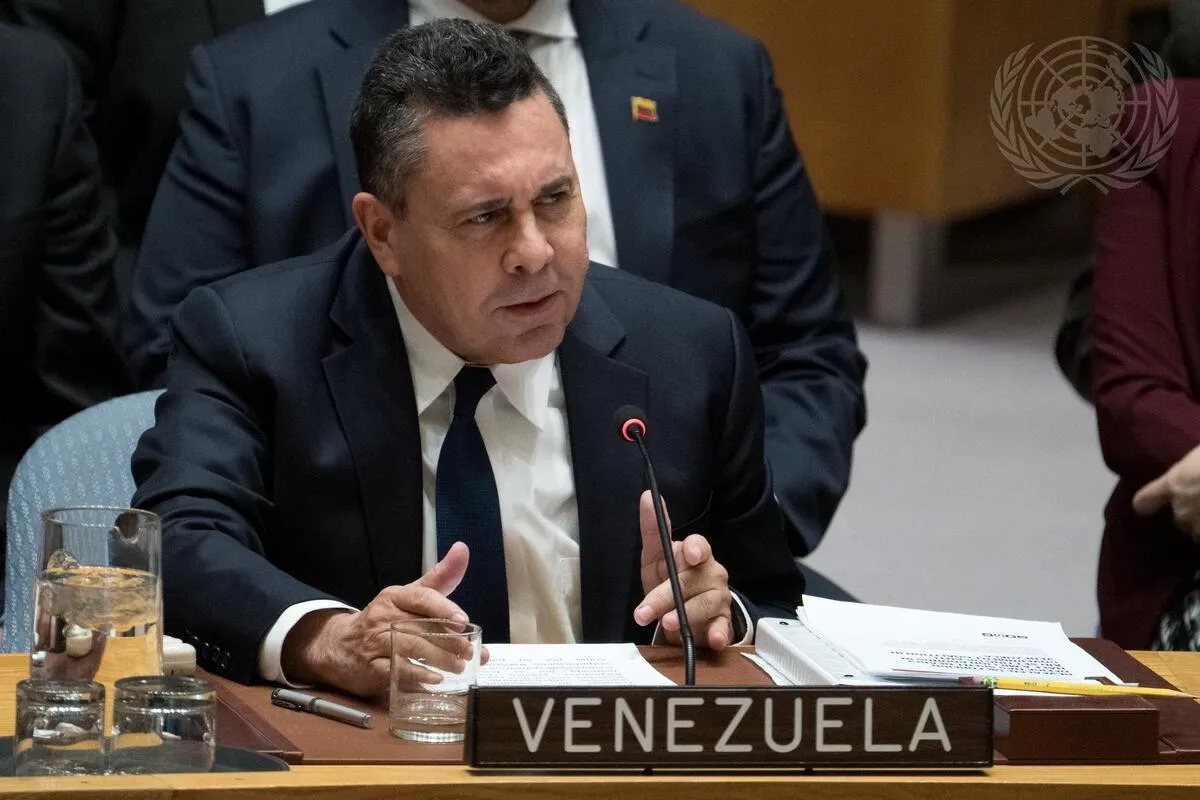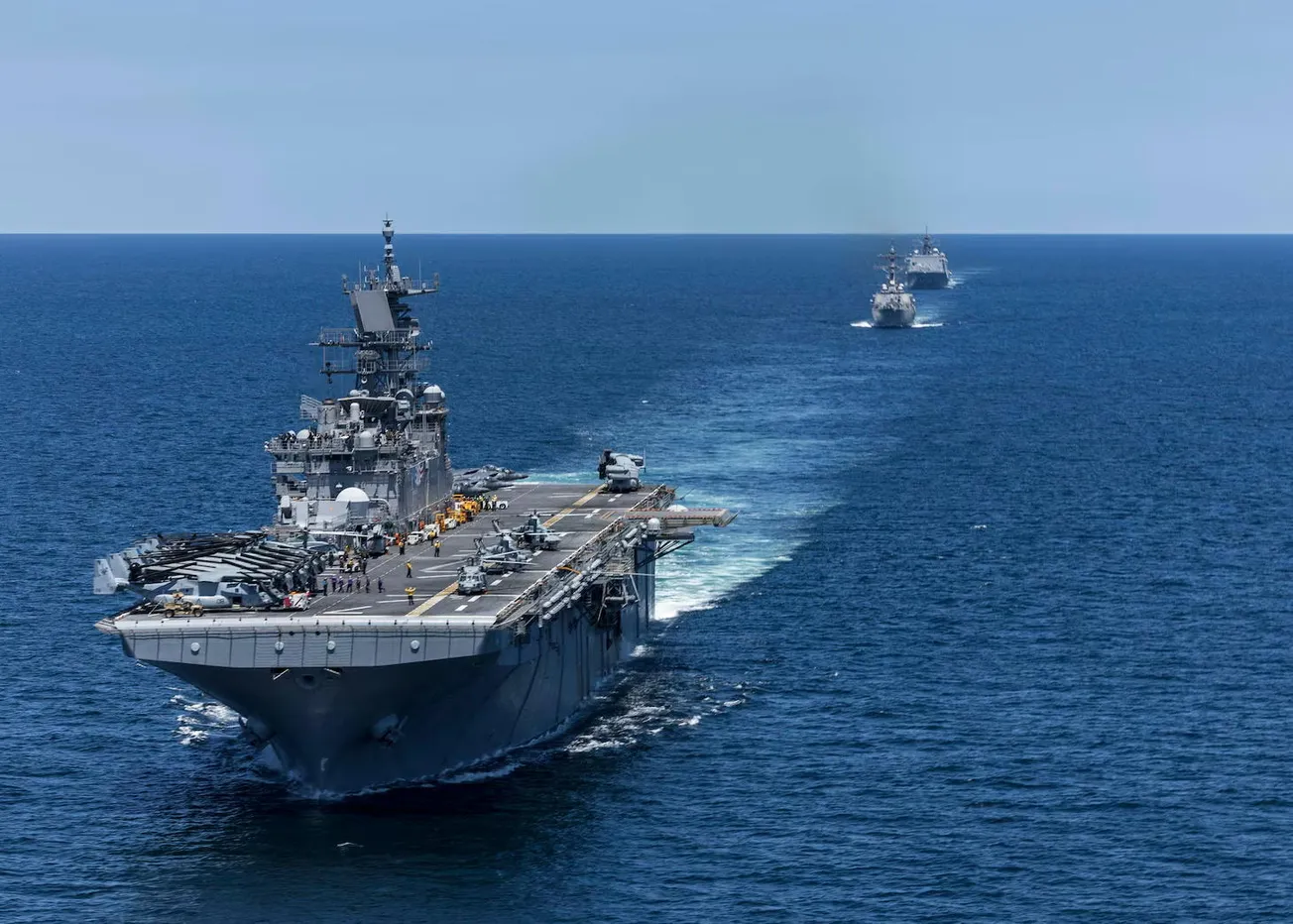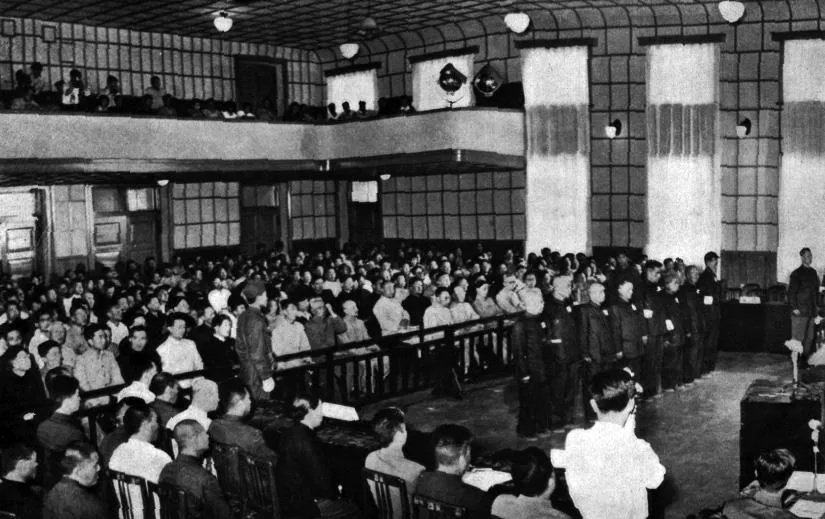The Russian Northern Fleet task force, consisting of the frigate Admiral Gorshkov, the nuclear submarine Kazan, and two support vessels, arrived to much fanfare in Havana, Cuba yesterday, with the Russian Defense Ministry even releasing video of their arrival. “In the coming days, the crews of warships and support vessels will take part in a number of protocol events, [and] will have an opportunity to have some rest and visit local sightseeings,” the Russian Defense Ministry reported in a statement.
“A few hours before entering the port of the capital of the Republic of Cuba, the tactical ship strike group comprising the frigate Admiral Gorshkov and the Project 885M nuclear-powered submarine missile cruiser Kazan completed an exercise in the use of high-precision missile weapons,” the statement added. “In the course of the exercise, the crews of the frigate and the nuclear submarine practiced the use of high-precision missile weapons by computer simulation against naval targets representing ship groups of the mock enemy and located at a distance of over 600 km. Operators at automated workstations entered the parameters of simulated surface targets and hit these targets without actually launching missiles.”
U.S. National Security Advisor Jake Sullivan, in remarks yesterday to reporters traveling with President Joe Biden to Italy for the G7 summit, dismissed the Russian deployment as “something we’ve seen before,” that is, Russian naval deployments going back to the George W. Bush Administration. The U.S. is so unconcerned about the Russian task force, in fact, that the U.S. Navy deployed three guided-missile destroyers, joined by a French Navy frigate and a Canadian warship, as well as U.S. and Canadian aircraft, to monitor the passage of the Russian ships to Havana, just 90 miles off the tip of Florida. “Air and maritime assets under U.S. Northern Command have conducted operations to ensure the defense of the United States and Canada,” the Pentagon said in a statement.





